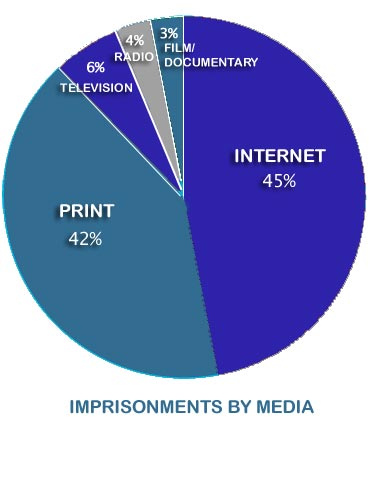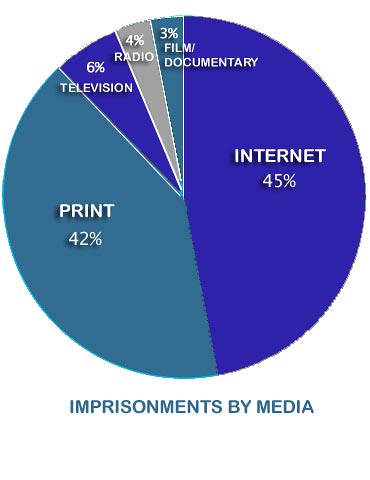
Digital media vs. the world’s closed societies
Notes from the war between cyber dissidents and their repressive governments’
On June 16th, the State Department quietly asked twitter not to undergo a scheduled maintenance because the texting service had become a main medium for news about Iranian election protests. Since then, the Iranian government has shut down cell phone connections and SMS texting. Protesters have switched to word of mouth and personal cameras.
Over 100 journalists from around the world have been petitioning for the release of Newsweek correspondent Maziar Bahari,’who has been in an Tehran prison since June 21st.
In North Korea, American journalists Laura Ling and Euna Lee are still being held, though not at a work camp,’as the government demands an apology. Their crime? Entering the country without permission to do stories for Current TV, Al Gore’s TV network/web site focused on video ‘pods’ aimed at young people. For more on Laura, Euna, and other women journalists who have been detained abroad, visit the International Women’s Media Foundation.
According to the Committee to Protect Journalists, Iran has replaced China as the world’s top jailer of journalists, though China has been detaining TV crews and cutting Internet connections in Xinjiang, where there are riots over the treatment of the Muslim minority.
The World Press Freedom Committee points out that only 21 percent of the world’s people live in countries with a fully free press. However, the remaining nations hold a majority in every intergovernmental organization where press freedom issues are considered.
The preceding graphs are from the Committee to Protect Journalists 2008 prison census: Online and in jail, released December 4, 2008.
Recent Content
-
Journalismarticle ·
-
Journalismarticle ·
-
Journalismarticle ·



